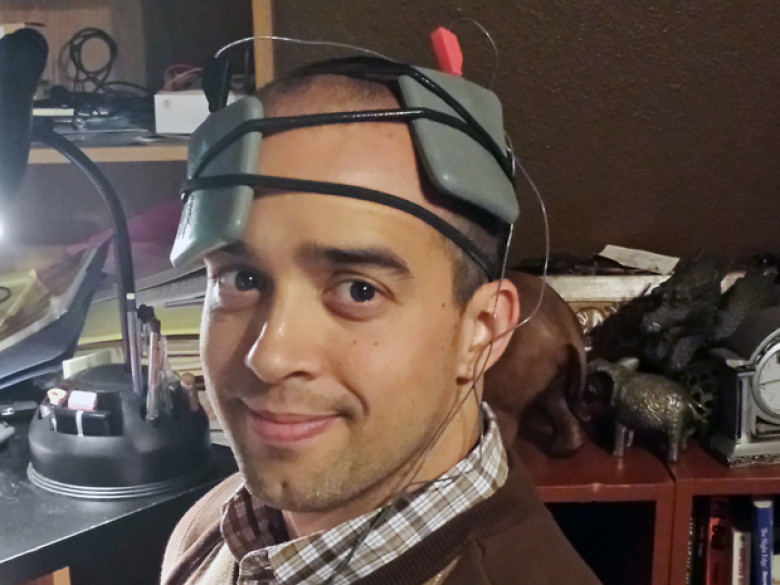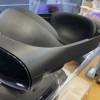The Latest DIY Craze: Brain Hacking
Anthony Lee had just begun trying to hack his brain when his girlfriend caught him at it. He was sitting in the living room of his Alabama home with electrodes attached to his head, fiddling with the device he’d built to send a current through his gray matter, when she walked in. “It was that awkward moment when your family walks in on you while you’re doing science,” he says with a laugh.
Lee was an early member of a DIY community that’s sprung up around a technology called transcranial direct current stimulation (tDCS). This noninvasive way to jolt brain cells is being studied in labs and clinics for its potential to reveal how our brains function—and perhaps to augment abilities or treat disorders. Unlike most other brain-tweaking technologies, tDCS doesn’t require expensive equipment; all it takes is a 9-volt battery, some simple circuits, and a couple of electrodes. Consequently, it didn’t take long for so-called biohackers to band together and come up with schematics for devices.










































































